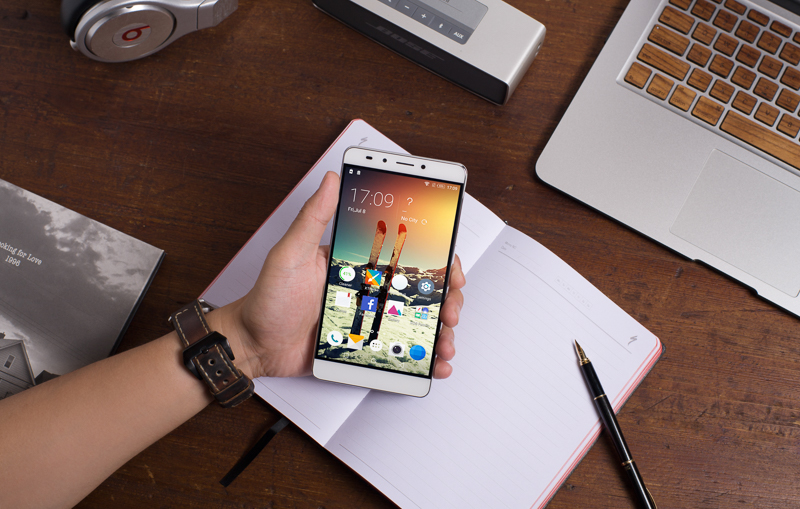A study conducted by Kenya’s leading online mall, Jumia, revealed that web traffic from mobile devices increased by 13 percent over the past year.
The report is based on the company’s 2014- 2015 tracking, which showed that mobile devices accounted for 37 percent of website visits (33 percent from smartphones and 4 percent from tablets on average) and 63 percent from desktops based on a sample evaluation of nearly 4 million web visits across various product categories, including fashion, electronics and home appliances.
![[image] Jumia Kenya Mobile Traffic](https://mobitrends.co.ke/wp-content/uploads/2015/04/image-Jumia-Kenya-Mobile-Traffic.jpg)
According to the report, mobile devices accounted for 23 percent of traffic while desktop accounted for 77 percent in 2013. 36 percent of traffic came from mobile devices in 2014 compared to 64 percent from desktops, indicating a 13 percent rise in mobile traffic in one year.
Statistics from the communications Authority of Kenya – Dec. 2014 indicate that Kenya has 34 million mobile subscribers and a record 83 percent of mobile penetration. Internet subscriptions stand at 16 million majorly driven by mobile devices. The number of internet users now stands at 26 million a whopping 64 per 100 inhabitants with access to internet.
If the statistics are anything to go by then the possibility that mobile could surpass desktop by the end of this year cannot be overruled and though a foreseen trend, the report also reveals some interesting trends.
“Desktop traffic hits peak around 9:00AM – 5:30PM between Monday and Friday, this is during work hours”, said Parinaz Firozi, Managing Director Jumia Kenya. “Most purchases are made at this time. The traffic then subsides over the weekend.”
Interestingly, the report also revealed that most people use their smart phones between 5:30AM and 9:30AM and again between 5:30PM and midnight, mostly to search for commodities they intend to buy online, discount coupons, promotions, deal of the day and to compare prices with offline stores. Parinaz Firozi attributes that to the low cost of data during these times.
“Also most people are either stuck in traffic or window shopping in a physical store where they compare the store’s prices with those online.”
According to Parinaz Firozi, the launch of the mobile applications in the last two years marked a change in the mobile retail landscape with the Jumia Android app driving three times the IOS app traffic followed by Windows app while Blackberry app trails.
Commenting on the Smartphone-vs-Tablet traffic disparity of 33 percent and 4 percent Parinaz Firozi observes that a “majority of the population own a smartphone that they rely on for calling, short messaging, browsing, sending and receiving emails every day thanks to a tech savvy generation, a tablet is more of a luxury.”
Parinaz Firozi is reluctant to affirm that mobile will replace desktops completely. “As long as a website is responsive – designed to respond to the size of the device, the two will continue to complement each other. A customer can use a mobile device to sample a product, compare prices and use the computer to place the order.”
She is however quick to project that with the increasing mobile penetration, affordable smartphones and data, mobile traffic will definitely measure up to desktop traffic.
Kevin is a tech enthusiast and the lead writer at MobiTrends.co.ke. He has been writing about smartphones and tech related topics since October 2012. About Us | Contact Us



![[image] JUA ENERGY Launches online in Kenya](https://mobitrends.co.ke/wp-content/uploads/2015/03/image-JUA-ENERGY-Launches-online-in-Kenya.jpg)






